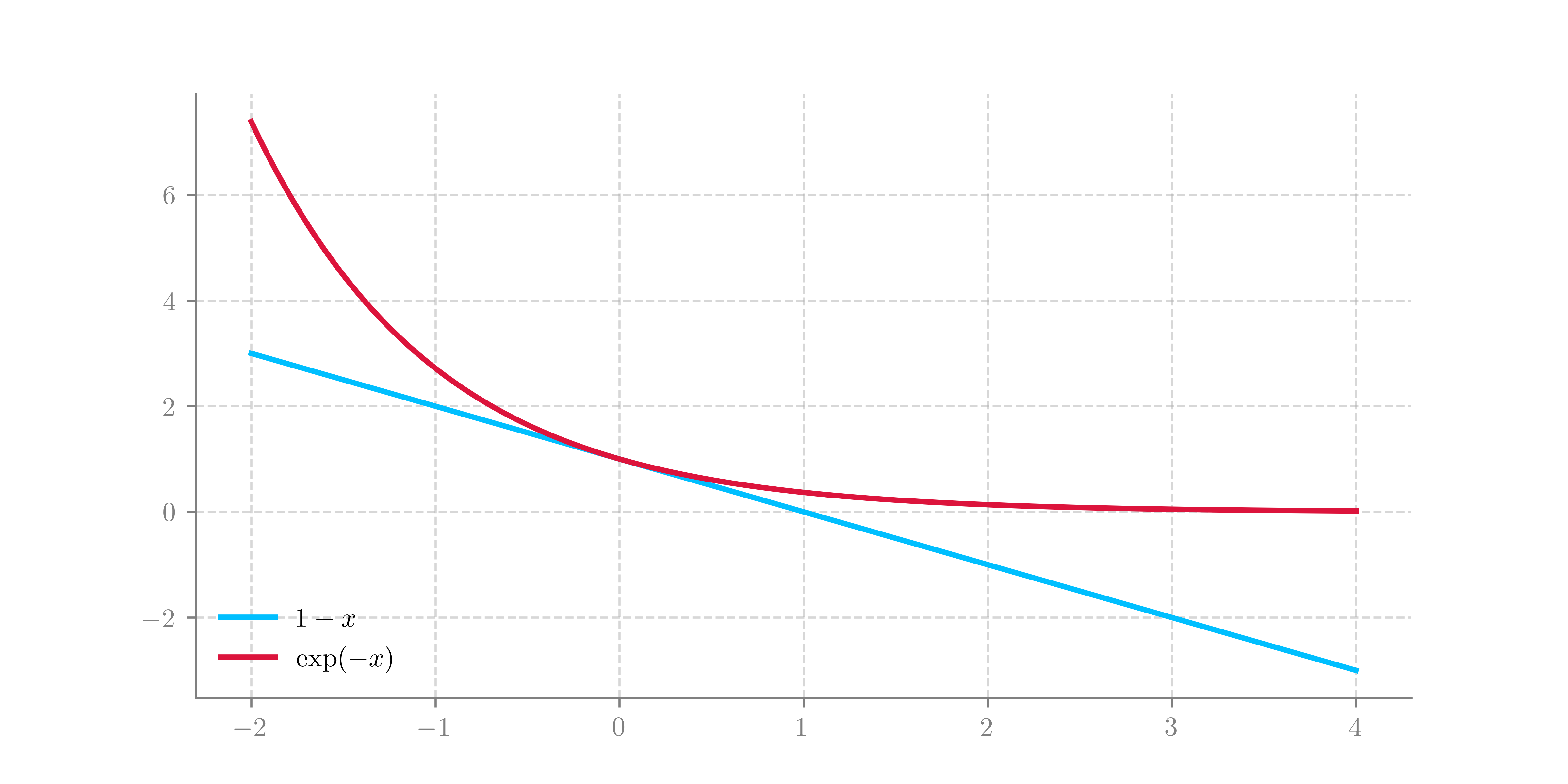Borel-Cantelli Lemma
The Borel-Cantelli Lemma is a fundamental result in probability theory which provides criteria to determine whether an infinite sequence of events will occur infinitely often or only finitely often.
Theorem (Borel-Cantelli Lemma)
If then .
If then .
If then .
If then .
Motivation
Motivation
The Borel-Cantelli lemma provides powerful insights into the behavior of infinite sequences of events. Let's explore this through three illuminating examples of coin tossing experiments.
Symmetric coin
Consider an infinite sequence of independent tosses of a fair coin, represented by random variables , where each toss has probability . Will we see infinitely many heads, or will the sequence eventually contain only tails?
While our intuition suggests we should see infinitely many heads, the Borel-Cantelli lemma provides mathematical certainty. Consider:
The lemma confirms our intuition: with probability 1 (almost surely), we will observe infinitely many heads.
Biased coin 1
Now consider a more intriguing case where the probability of heads decreases with each toss: . Despite this decreasing probability, the Borel-Cantelli lemma reveals that:
This is the harmonic series, which diverges. Therefore, remarkably, we will still see infinitely many heads almost surely, even though the probability of heads becomes arbitrarily small!
Biased coin 2
Finally, consider an even more extreme bias where . Here, the Borel-Cantelli lemma reveals a fundamentally different behavior:
Since this series converges, the Borel-Cantelli lemma tells us that, almost surely, there exists some finite after which we will never see another head. The probability of heads decreases so rapidly that only finitely many heads will occur.
What is limit of the events
What is limit of the events
Before discussing the two Borel-Cantelli Lemmas, we first need to define some technical terms related to an infinite sequence of events. Consider the sequence of events . We say that happens infinitely often (i.o.) ifand we say that happens ultimately often (ult.), for all but finitely many
Example
The concept of the limit of a sequence of infinite events can be intricate. To better understand this, consider a simple example that fits well with the definitions of limits superior () and limits inferior (). Suppose we focus on two subsets within the interval : and . We define the whole sequence , as follows:With this sequence, we can compute the upper limit and the lower limit
The concept of the limit of a sequence of infinite events can be intricate. To better understand this, consider a simple example that fits well with the definitions of limits superior () and limits inferior (). Suppose we focus on two subsets within the interval : and . We define the whole sequence , as follows:With this sequence, we can compute the upper limit and the lower limit
Proof of Borel-Cantelli Lemma
Proof of Borel-Cantelli Lemma
Theorem (The first part of Borel-Cantelli Lemma)
If then .
Proof. If we denote then we can see that and . So using the continuity property of :where the last inequality is due the sub-additivity property of . When , the right-hand side becomes , and we get . If then .
The typical application of the first part of Borel-Cantelli Lemma is to consider events with , then from the statement we get by taking complement . The last probability can be rewritten , which means that , all events occur.
For example, if the probability of the head at -th coin toss equals to , the the series is convergent and then starting from some we can observe only heads.
Theorem (The second part of Borel-Cantelli Lemma)
If the events are independent and , then
If the events are independent and , then

Applications
Applications
Proof of Strong Law of Large Numbers
The foolowing example is Theorem 2.3.5, page 59 from [Durrett2019]
Theorem
Let be i.i.d. with and . If , then a.s.
Proof. By letting , we can suppose without loss of generality that . NowTerms in the sum of the form , , and are (if are distinct) since the expectation of the product is the product of the expectations because of the independence, and in each case one of the terms has expectation 0. The only terms that do not vanish are those of the form and . There are and of these terms, respectively. In the second case, we can pick the two indices in ways, and with the indices fixed, the term can arise in a total of six ways: and . The last observation implieswhere . Chebyshev’s inequality gives usSumming on and using the Borel-Cantelli lemma gives or . Since is arbitrary, the proof is complete. Let be i.i.d. with and . If , then a.s.